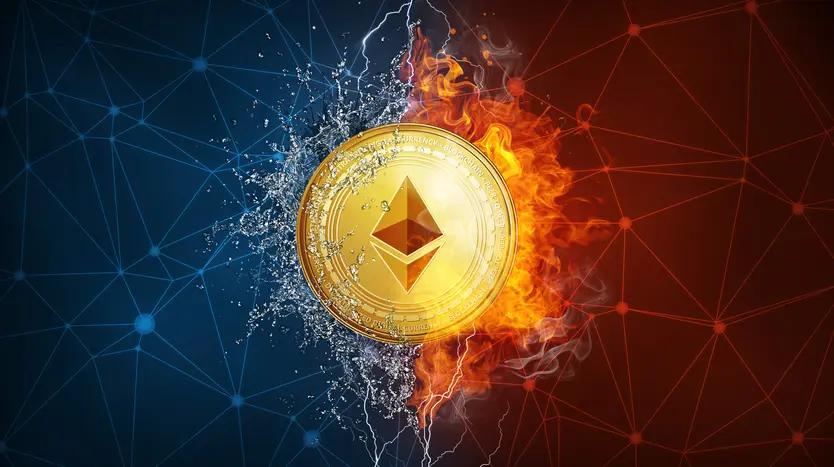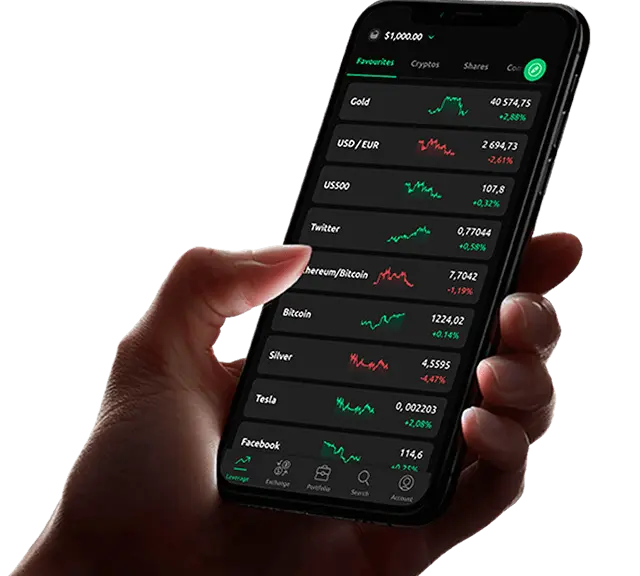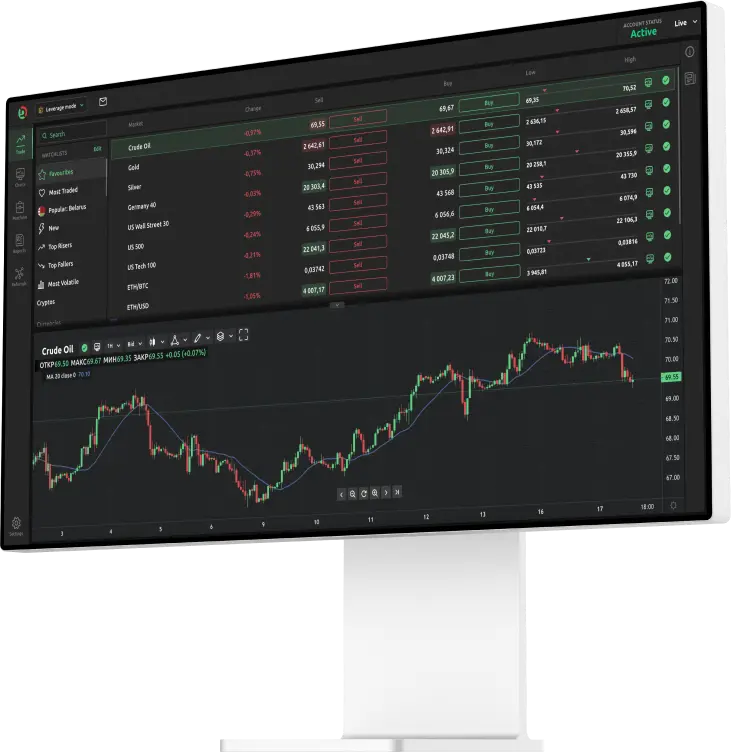What is Ethereum 2.0, and why is it such a significant upgrade? Find out in our comprehensive guide

It’s been years in the making – and soon, Ethereum 2.0 is going to be released publicly. But what are the main advantages of this new mainnet, and how does Ethereum 2.0 work? This guide will tell you everything you need to know about this significant milestone in the blockchain’s evolution.
What is Ethereum 2.0?
As the name suggests, Ethereum 2.0 is the second iteration of this blockchain – and given how it is tied to the world’s second-largest cryptocurrency by market cap, it’s crucial that the rollout goes smoothly.
One big difference that we’ll see with the Ethereum 2.0 release is a move away from Proof-of-Work, a consensus mechanism that it uses alongside Bitcoin. On Ethereum 2.0, mining will be a thing of the past as the focus shifts to staking. The validation of transactions on this blockchain will no longer be contingent on computing power – and advocates believe that the upgrade will ultimately make Ethereum 2.0 far more secure. Another big bonus could be a sizeable improvement in energy efficiency, especially considering there are growing concerns about how much electricity is consumed by the BTC network.
Ethereum 2.0 is also expected to deliver a substantial boost to capacity, ultimately meaning that it can handle more transactions per second. With demand continually increasing, the emphasis on scalability will be a crucial step in ensuring the network is futureproof. This is achieved through shard chains, which allow transactions to be processed simultaneously instead of consecutively. As the blockchain technology company ConsenSys explains:
“Each shard chain is like adding another lane to upgrade Ethereum from a single lane road to a multiple lane highway. More lanes and parallel processing leads to much higher throughput.”
When will Ethereum 2.0 be released?
It’s worth noting that Ethereum 2.0 won’t emerge in full form overnight – instead, it’s going to be gradually rolled out in three phases.
First up, we have Phase 0, which is scheduled to happen at some point in 2020. This will allow the Proof-of-Stake consensus mechanism to be activated alongside Proof-of-Work, preventing any disruption as the transition takes place. This is known as the Beacon Chain, and in the early stages of Ethereum 2.0, mining will continue as normal.
We might have to wait until 2021 before we see Phase 1 make its long-awaited debut, heralding the implementation of shard chains. In a rather nice, simple explanation, ConsenSys compares this process to splitting the Ethereum 2.0 network into 64 chains, dramatically increasing capacity along the way. Phase 2 may only follow in 2022, and this will unlock transfers and withdrawals, cross-shard transfers and the ability to build applications. Eventually, Ethereum 1.0 will also be absorbed by Ethereum 2.0, meaning Proof-of-Work can be retired once and for all.
What is Ethereum 2.0 staking?
Proof-of-Stake is going to deliver some big changes to the way transactions are processed. This is because it will be driven by validators who stake 32 ETH (about £7,900) in order to run a node. Unlike Proof-of-Work, participants don’t need insane amounts of computing power in order to get involved – instead, a perfectly normal laptop will suffice.
When it’s time to create the next block in the Ethereum 2.0 blockchain, a validator will be selected at random – and if a new block is successfully validated, the node responsible will get a reward for their efforts. This approach has the potential to make the network far more secure, as those who attempt to harm the blockchain will lose the money they deposit. If you don’t want to run a node yourself, an increasing number of staking providers are emerging who can do all of the hard work for you.
Where to buy Ethereum 2.0?
Many people are keen to know what the Ethereum 2.0 price will be. Although it’s true that the network’s release could deliver a boost to the value of the world’s second-largest cryptocurrency, the upgrade isn’t going to result in there being a brand-new coin. Those who currently own ETH shouldn’t be affected by the Ethereum 2.0 release as their assets will eventually migrate on to this new blockchain.
When will Ethereum 2.0 be released?
This is the question that’s on everybody’s lips right now. Phase 0 of Ethereum 2.0 was meant to launch back in January 2020, but the release of the mainnet has been pushed back several times. Last-minute changes to the network’s technical design have partly been to blame, not to mention the need to perform stress tests. It was hoped that the launch would be able to coincide with Ethereum’s fifth anniversary in June, but alas, this wasn’t to be.
The network’s founder, Vitalik Buterin, is confident that Ethereum 2.0 will be with us by the end of the year, but other developers aren’t as optimistic about this timeline. Getting things right is nothing short of essential given ETH’s market cap, and the number of people who rely on its infrastructure.
Why Ethereum 2.0 matters
A diverse range of developers rely on Ethereum to build their DApps. Everything from games to decentralized finance services have been created using this blockchain, which is especially popular because of its smart contract capabilities. As adoption of these applications grows, it’s important that the network can cope with the demands of thousands of users around the world simultaneously.
We’ve already seen an explosion in the value of the assets that have been locked into DeFi protocols – enabling people to borrow funds by using crypto as collateral. Given how the current blockchain can only process 15 transactions per second, it’s clear to see that the existing technology isn’t sustainable.
Some believe that increasing capacity through Ethereum 2.0 will also help make transactions cheaper. As we get closer and closer to the upgrade, we’ve seen costs rise substantially, which is great news for miners but bad news for consumers.
It’s also going to be interesting to see how the supply of ETH will change once Ethereum 2.0 arrives. Unlike Bitcoin, which is limited to 21 million, there’s no hard cap on how much Ether can be in circulation at any one time. One thing we do know is that Buterin believes much less ETH will be issued every year once the new blockchain is live. Although 4.7 million ETH is typically released on an annual basis at the moment, this could fall as low as 2 million in future.
FURTHER READING: What is Ether? Your simple guide to the cryptocurrency
FURTHER READING: How do crypto exchanges work?

